
The AHA worked with a team of leading health authorities to develop the advisory, which highlights recommendations, algorithms, and guidance for health care professionals and researchers who specialize in heart and brain health.

The AHA worked with a team of leading health authorities to develop the advisory, which highlights recommendations, algorithms, and guidance for health care professionals and researchers who specialize in heart and brain health.
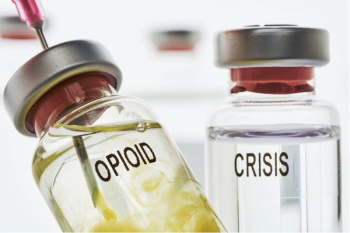
Study findings could influence how drug developers consider how opioid drugs cause tolerance and respiratory depression, and it suggests an alternative approach to developing safer analgesics.

Pharmacists carry a unique responsibility in the battle that has claimed 500,000 lives in the past 2 decades.

For the study, approximately 20,000 people were followed over a span of 4 years, which showed that reports of marijuana use peaked at 9% for patients with cancer versus 14% among those with no cancer history.
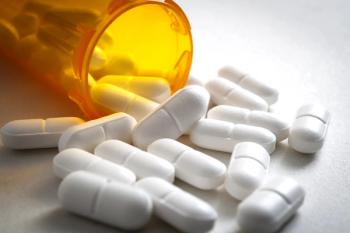
Nicholas Mathews, co-founder of Stillwater Behavioral Health, discusses how pharmacists can respond to the identification of potentially problematic opioid prescription practices at sober-living facilities.

Thomas Maggio, MBA, public affairs and engagement manager at AACP, discussed his presentation assessing the Opioid-Related Activity Database and its impact in showing the efforts of pharmacists and student pharmacists to fight the opioid epidemic.
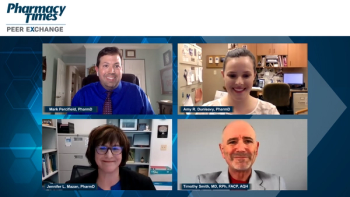
Advice to community pharmacists and patients who suffer from migraine on strategies that can improve quality of life and be used to navigate the care continuum.

Red flags that would prompt a pharmacist to refer a patient with migraine to be evaluated by a physician.

What community pharmacists need to know about migraine treatment and their role in educating and managing patients.

An overview of CGRP antagonists approved as preventive therapy for migraine and recommendations for appropriate dosing and administration to patients.

Factors that need to be considered when determining patient candidacy for over-the-counter herbal products and nutritional supplements available as preventive therapy for migraine and recommendations for educating patients about their use.

Researchers hypothesized that people may look for the UV-B type of UV light because they are unaware of their need for endorphins.

Preventive therapies available for patients who require migraine prophylaxis and factors that impact treatment selection.

Jennifer L. Mazan, PharmD, describes the role of CGRP antagonists as acute migraine treatment and shares considerations for selecting and using these therapies.

As the first point of contact at many pharmacies, technicians can often see whether a patient has been prescribed an opioid or other monitored substances.

Special considerations for counseling patients and prescribing lasmiditan, a targeted 5-HT1F therapy approved as acute migraine treatment.

Timothy Smith, MD, RPh, FACP, AQH, describes goals of therapy for the acute treatment of migraine and reacts to current treatment limitations associated with available drug therapies.

Pharmacists should assess patient comorbidities, symptoms, and history to ensure the selection of the most appropriate migraine medication.
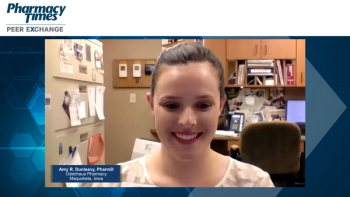
Amy R. Dunleavy, PharmD, highlights various drug therapies used for the acute treatment of migraine and provides recommendations for appropriate use.

A panel discussion regarding the underdiagnosis and burden of migraine attacks on patients and the rationale for educating the community about signs and symptoms.
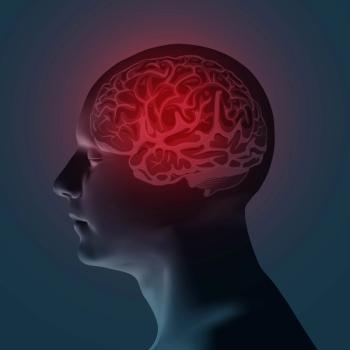
A study comparing once-monthly injectable galcanezumab-gnlm with rimegepant has been planned to support the assessment of potential treatments to prevent migraines.

Patients who received non-opioid prescriptions were more likely to report having no pain in the first week after surgery than those who received opioids and both groups reported equal levels of satisfaction.

Technicians can help prevent drug diversion, provide care for patients with opioid use disorder.

Pharmacists play a role in prevention of opioid overdose by providing information to patients about signs and symptoms.

Although the opioid epidemic is a broad societal problem, health systems can play a critical role in the response.